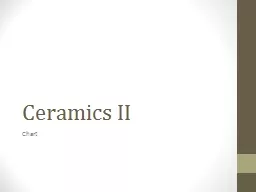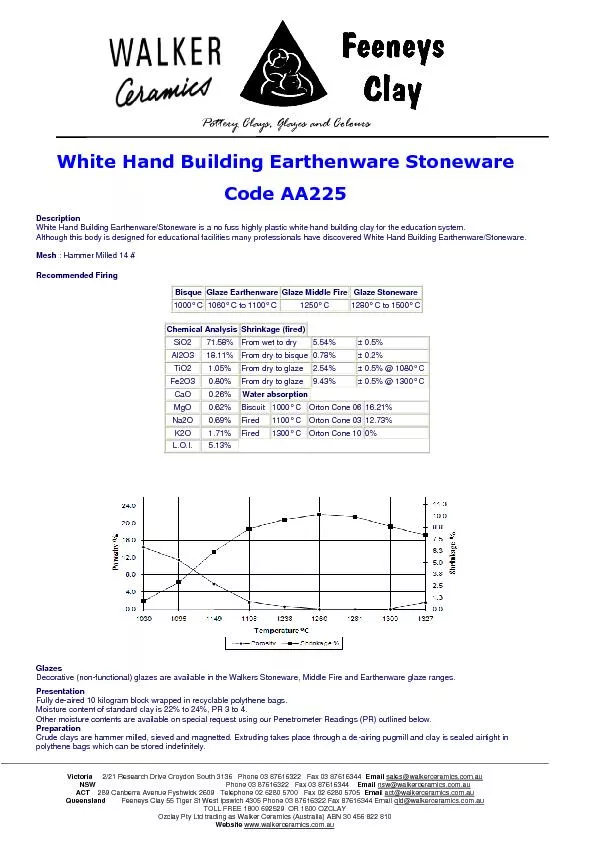PDF-favorite pottery glazes
Author : danika-pritchard | Published Date : 2016-06-09
glaze recipes 33 ceramicarts Second Edition This special report is brought to you with the support of Sierra Nevada College wwwceramicartsdailyorg Copyright
Presentation Embed Code
Download Presentation
Download Presentation The PPT/PDF document "favorite pottery glazes" is the property of its rightful owner. Permission is granted to download and print the materials on this website for personal, non-commercial use only, and to display it on your personal computer provided you do not modify the materials and that you retain all copyright notices contained in the materials. By downloading content from our website, you accept the terms of this agreement.
favorite pottery glazes: Transcript
Download Rules Of Document
"favorite pottery glazes"The content belongs to its owner. You may download and print it for personal use, without modification, and keep all copyright notices. By downloading, you agree to these terms.
Related Documents














